
Volvo V90 Estate running costs and reliability
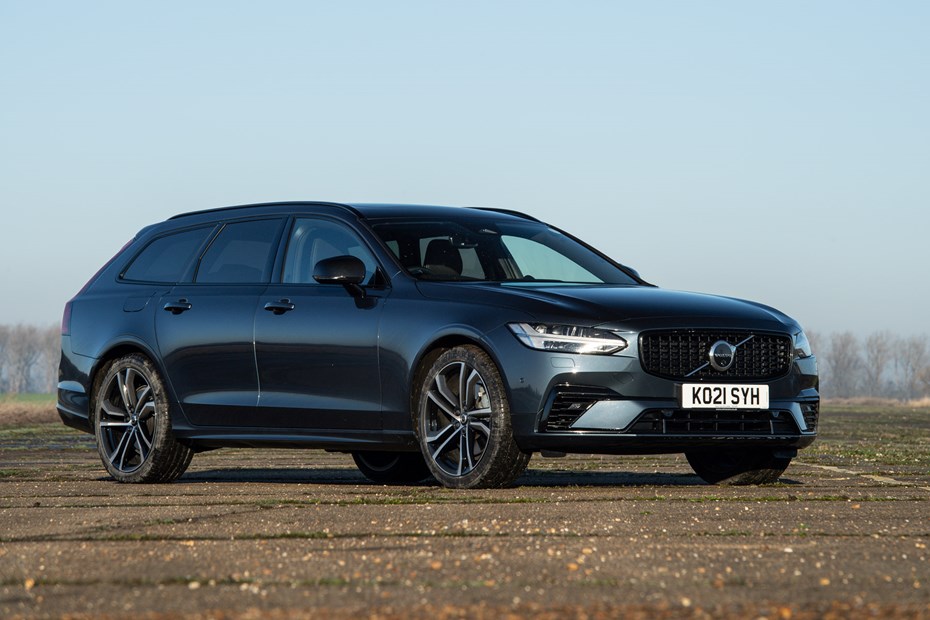
Miles per pound (mpp) ⓘ
| Petrol engines | 4.4 - 5.9 mpp |
|---|---|
| Diesel engines | 4.9 - 6.4 mpp |
| Plug-in hybrid petrol engines * | N/A |
Fuel economy ⓘ
| Petrol engines | 29.7 - 40.3 mpg |
|---|---|
| Diesel engines | 38.2 - 50.4 mpg |
| Plug-in hybrid petrol engines * | N/A |
- Smallest diesel offers low costs
- Lot of merit for basic petrol
- Plug-in hybrid T6 great in theory
What are the running costs?
Volvo has been sold the V90 with a choice of four-cylinder petrol and diesel engines, all assisted by various forms of performance-enhancing and fuel-saving technology. Every version is combined with an eight-speed automatic transmission, which works well, and for the latter part of its life, all but the range-topping T6 & T8 petrol plug-in hybrid electric vehicles (PHEV) were front-wheel drive only, which again saves fuel.
On paper the T6 & T8 offer the lowest running costs with a claimed average fuel economy of over 100mpg. How realistic that really is depends on how the car is used. If you can make maximum use of the battery pack, which is able to drive the car (via the rear wheels) alone for up to a claimed 37 miles per charge, we found that on short journeys around town it really is possible to average over 100mpg. On longer journeys, however, especially on the motorway, you’ll be doing well to get far into the 30s once the battery has run out.
However, the T6 & T8 were upgraded with a higher capacity battery in 2022, boosting the EV range to 52 miles. In reality, this was more like 30-40 miles with motorways and faster roads lowering the range the quickest. Even so, our long termer averaged around 50mpg on a 100 mile journey when starting on a full battery and it seemed a little more economical when flat, too. This makes these later cars worth snapping up if you want a PHEV Volvo estate.
The more conventional petrol and diesel engines make use of mild-hybrid tech to improve their real-world economy. The B4 diesel claims nearly 50mpg, while the petrol B4 and B5 sit either side of 40mpg. Look at older models and you’ll find more powerful engine options and an increased range of all-wheel-drive variants, but they drink fuel more heavily.
View detailed MPG and CO2 figures on the Volvo V90 specs pages
You can see, therefore, that the T6 PHEV is the top choice if efficiency is foremost in your mind. But the potential on-road savings are tempered by the purchase price, which substantially higher than the rest of the range. You’ll have to go a long way on a very cheap electric tariff before you make back the difference.
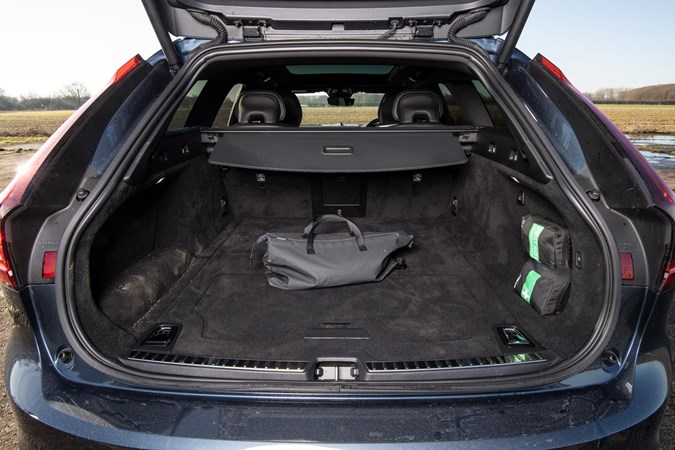
There are other advantages to part-electric power, though, including company car tax savings thanks to the low official CO2 emissions ratings. Plus the drive system gives this V90 all-wheel drive capability, the only model in the current range with this additional traction. Performance is strong, too.
Before you take the plunge, consider how you will charge the battery pack as well. Despite its relatively small size, it still takea several hours using a three-pin plug or overnight if it’s one of the bigger battery models. You can plug it into a wallbox, but the maximum 3.6kW charge rate on a typical single phase supply is a bit disappointing. You can charge it while driving, too, but this won’t be good news for your fuel economy.
Servicing and warranty
Service intervals for the Volvo V90 are every 12 months or 18,000 miles – whichever comes sooner.
The warranty cover is for three years or 60,000 miles.
Reliability
- Underpinnings have also seen service with XC90
- Mechanical packages should prove to be reliable
- Some recalls but no major issues
On the whole the interior feels very well screwed together and the materials, although luxurious, feel tough and durable. The engines were updated prior to their installation in the 90-series models, but Volvo’s got a long history of turbocharging and all-wheel drive systems, so there shouldn’t be any problems there.
The V90 has had a few official safety recalls, including issues relating to airbags, brakes, software, electronics, the fuelling system and a plastic inlet manifold that could melt.
If you’re buying a new car, all of these things will have been fixed. If you’re buying a used one, it’s always worth checking with a Volvo dealer if any recall work has been done. It will be free of charge.
Ongoing running costs
| Road tax | £35 - £600 |
|---|---|
| Insurance group | 27 - 44 |
Get an insurance quote with

|
|



.jpg)
.jpg)
.jpg)
.jpg)
.jpg)
.jpg)
.jpg)
.jpg)
.jpg)
.jpg)
.jpg)
.jpg)

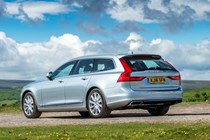
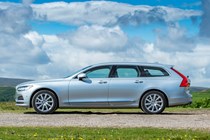
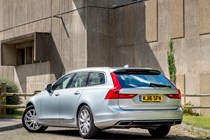
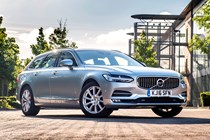
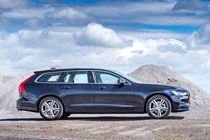

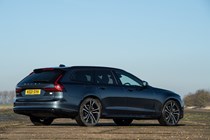
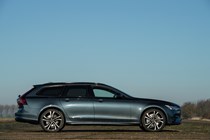
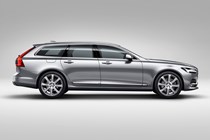
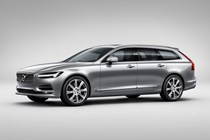
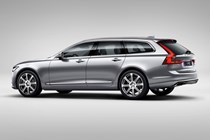
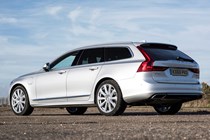

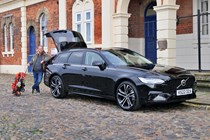

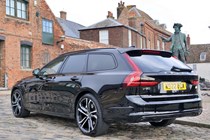
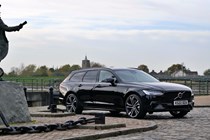
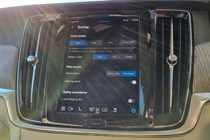
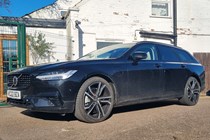
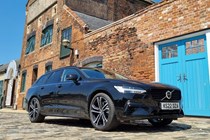

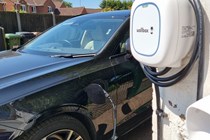
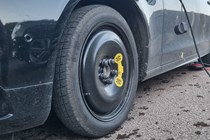

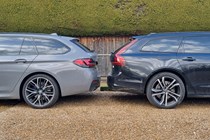

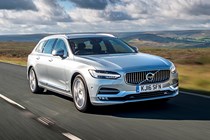
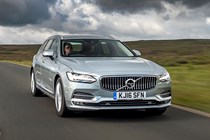
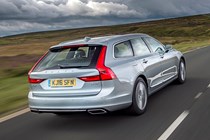
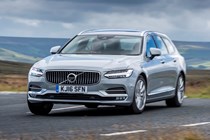
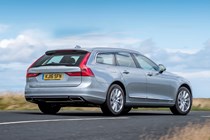
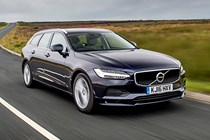
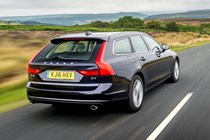
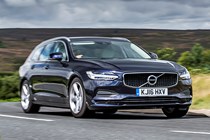
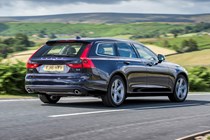
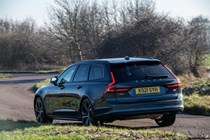
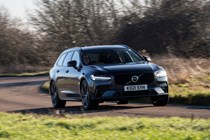
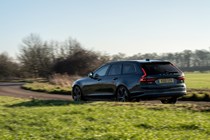
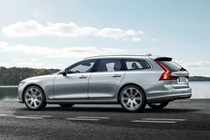
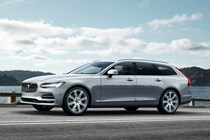
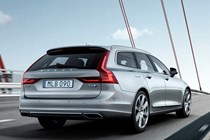
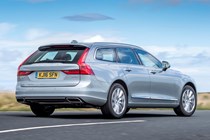
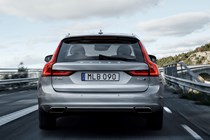
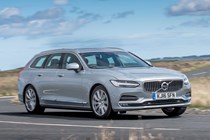
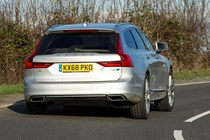
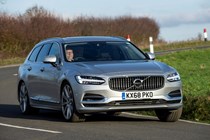
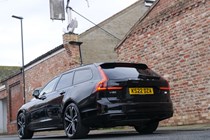
.jpg)
.jpg)
.jpg)
.jpg)
.jpg)
.jpg)
.jpg)
.jpg)
.jpg)
.jpg)
.jpg)
.jpg)
.jpg)
.jpg)
.jpg)
.jpg)
.jpg)
.jpg)
.jpg)
.jpg)
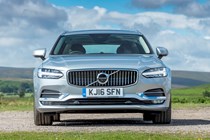
.jpg)
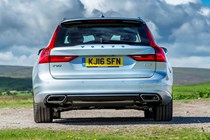
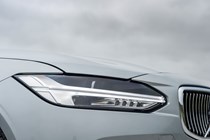
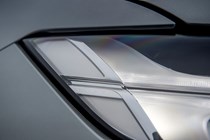
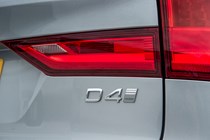
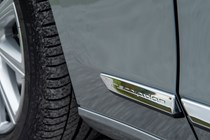
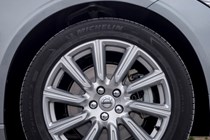
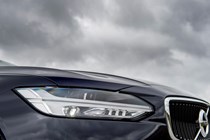
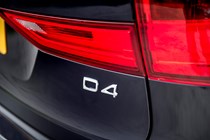
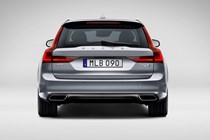
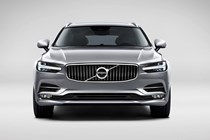
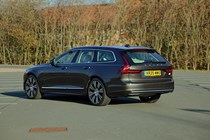
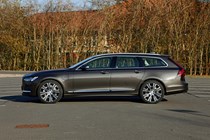
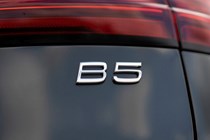
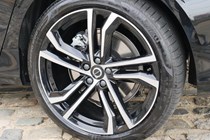
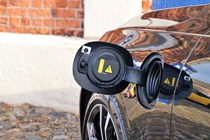
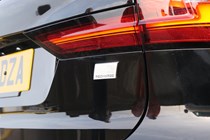

.jpg)
.jpg)
.jpg)
.jpg)
.jpg)
.jpg)
.jpg)
.jpg)
.jpg)
.jpg)
.jpg)
.jpg)
.jpg)
.jpg)
.jpg)
.jpg)
.jpg)
.jpg)
.jpg)
.jpg)
.jpg)
.jpg)
.jpg)
.jpg)
.jpg)
.jpg)
.jpg)
.jpg)
.jpg)
.jpg)
.jpg)
.jpg)
.jpg)
.jpg)
.jpg)
.jpg)
.jpg)
.jpg)
.jpg)
.jpg)



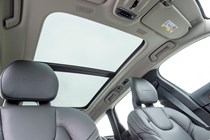

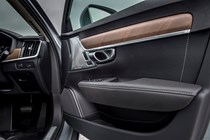
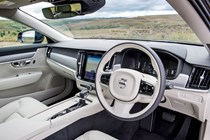
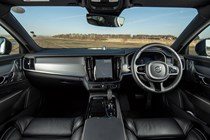


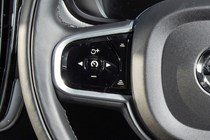

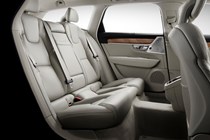

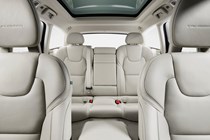


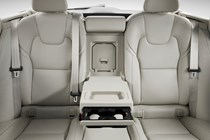


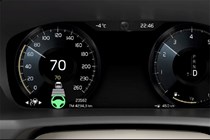
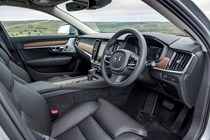
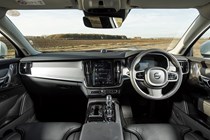
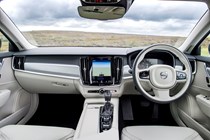
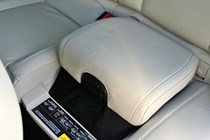


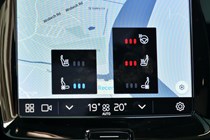

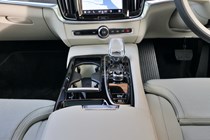
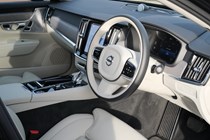
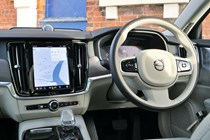
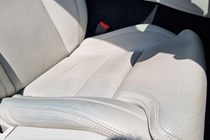
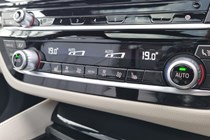
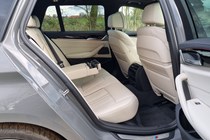
.jpg)
.jpg)
.jpg)
.jpg)
.jpg)
.jpg)
.jpg)
.jpg)
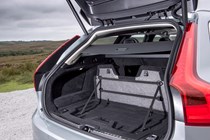
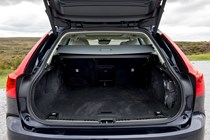
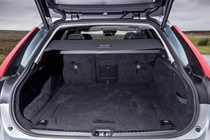
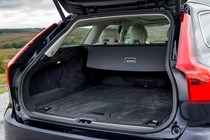

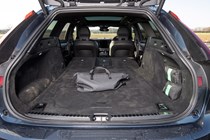
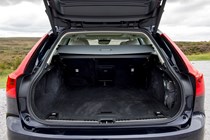
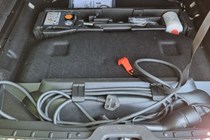
.jpg)
.jpg)
.jpg)
.jpg)

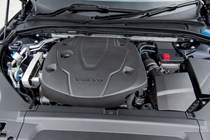

.jpg?quality=50)
.jpg?quality=50)
.jpg?quality=50)
.jpg?quality=50)
.jpg?quality=50)
.jpg?quality=50)
.jpg?quality=50)
.jpg?quality=50)
.jpg?quality=50)
.jpg?quality=50)
.jpg?quality=50)
.jpg?quality=50)
















































.jpg?quality=50)
.jpg?quality=50)
.jpg?quality=50)
.jpg?quality=50)
.jpg?quality=50)
.jpg?quality=50)
.jpg?quality=50)
.jpg?quality=50)
.jpg?quality=50)
.jpg?quality=50)
.jpg?quality=50)
.jpg?quality=50)
.jpg?quality=50)
.jpg?quality=50)
.jpg?quality=50)
.jpg?quality=50)
.jpg?quality=50)
.jpg?quality=50)
.jpg?quality=50)
.jpg?quality=50)

.jpg?quality=50)

















.jpg?quality=50)
.jpg?quality=50)
.jpg?quality=50)
.jpg?quality=50)
.jpg?quality=50)
.jpg?quality=50)
.jpg?quality=50)
.jpg?quality=50)
.jpg?quality=50)
.jpg?quality=50)
.jpg?quality=50)
.jpg?quality=50)
.jpg?quality=50)
.jpg?quality=50)
.jpg?quality=50)
.jpg?quality=50)
.jpg?quality=50)
.jpg?quality=50)
.jpg?quality=50)
.jpg?quality=50)
.jpg?quality=50)
.jpg?quality=50)
.jpg?quality=50)
.jpg?quality=50)
.jpg?quality=50)
.jpg?quality=50)
.jpg?quality=50)
.jpg?quality=50)
.jpg?quality=50)
.jpg?quality=50)
.jpg?quality=50)
.jpg?quality=50)
.jpg?quality=50)
.jpg?quality=50)
.jpg?quality=50)
.jpg?quality=50)
.jpg?quality=50)
.jpg?quality=50)
.jpg?quality=50)
.jpg?quality=50)



































.jpg?quality=50)
.jpg?quality=50)
.jpg?quality=50)
.jpg?quality=50)
.jpg?quality=50)
.jpg?quality=50)
.jpg?quality=50)
.jpg?quality=50)








.jpg?quality=50)
.jpg?quality=50)
.jpg?quality=50)
.jpg?quality=50)

